CNG is a term that is commonly used in the Philippines to refer to a problem where the engine oil and coolant in a motorcycle mix together. This issue is particularly common in Kawasaki Rouser 200 motorcycles. It is unclear where the term 'CNG' comes from, as it does not stand well with its meaning (compressed natural gas) but it is the term that is typically used by motorcycle mechanics in the Philippines to refer to this problem.
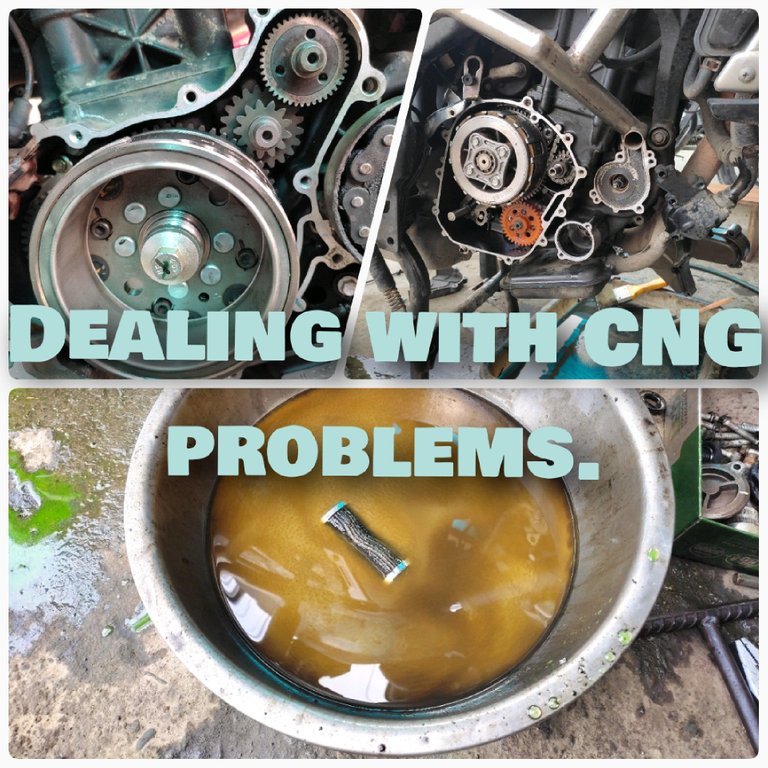
I am posting this because it is difficult to find information online about how to resolve the CNG problem, which commonly prevailed over Rouser 200 motorcycles. I want to share my observations and experiences with the CNG issue on my Rouser 200, as well as the insights I have gained from mechanics about the causes and solutions to the problem. I hope that by sharing this information, we can have a more in-depth discussion about the CNG issue and find ways to address it.
Problems and Symptoms
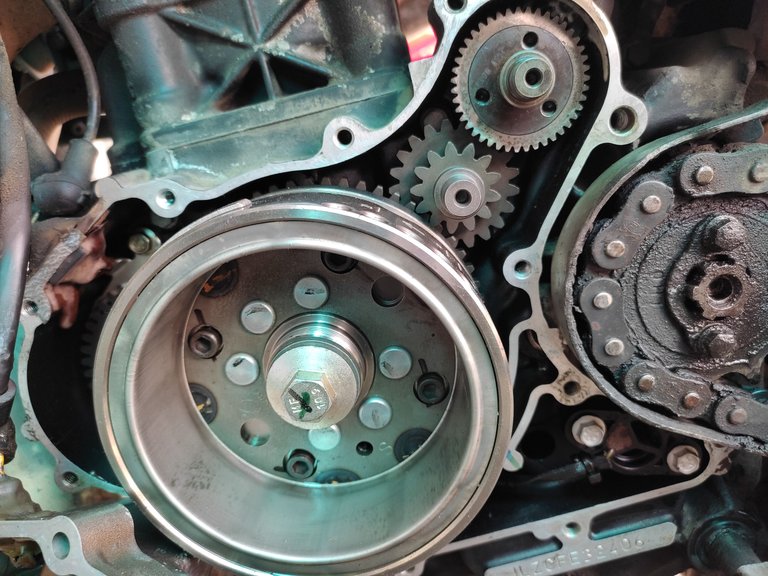
The first sign that something was wrong with my Rouser 200 was that it began to lag when I accelerated. I didn't initially suspect the CNG issue because I believed that I had been properly maintaining my motorcycle, including regularly changing the engine oil. However, I also noticed that the coolant in the radiator was gradually decreasing, which I thought was normal because I usually refill it every four months. But then, I suddenly saw a significant drop in the coolant level in just two days the last time I made a refill. And when I checked the oil, it had a strange greenish color. That's when I realized that my motorcycle was experiencing the CNG problem.
 | 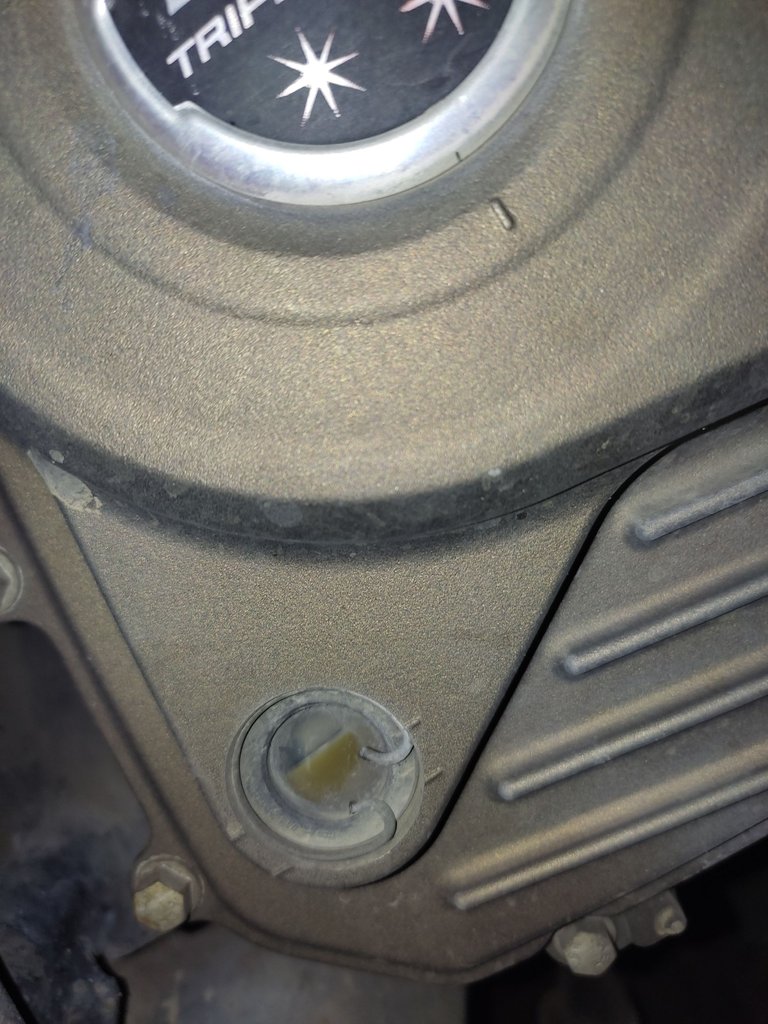 |
|---|---|
| Running just more or less 1000 RPM | Oil level shows odd yellowish/greenish color |
I started my motorcycle and let it run for five minutes, during which I noticed a decrease in the RPM (revolutions per minute). The normal idle RPM for a Rouser 200 is 1.5, but due to the CNG issue, the engine struggled to reach this level. The RPM dropped to less than 1, even after the motorcycle had been running for a short time.
Causes and Damages
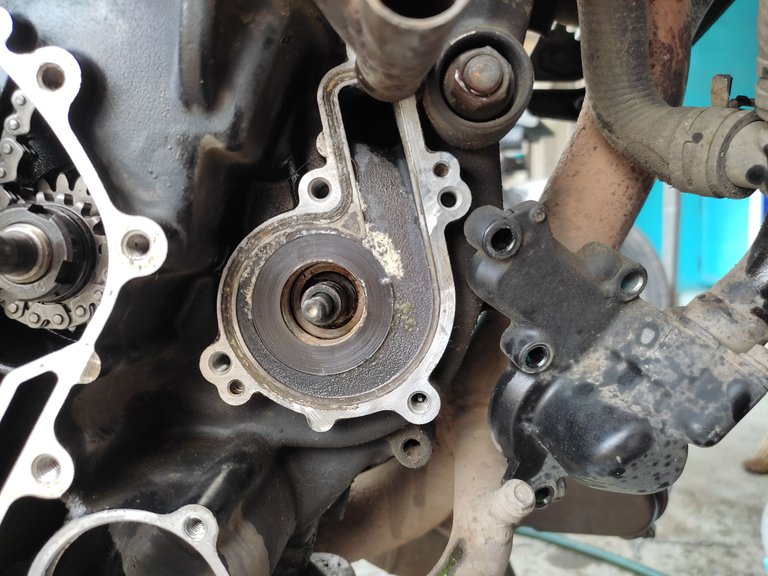
Having a problem with the CNG system on my motorcycle is a major issue. When I discovered the problem, I took my Rouser 200 to a mechanic. They conducted a series of tests, including checking the battery and listening for unusual engine noises. They determined that the cause of the CNG problem was wear and tear on the water pump seal on the left side, which occurred because it had not been regularly replaced after a long period of use.
 | 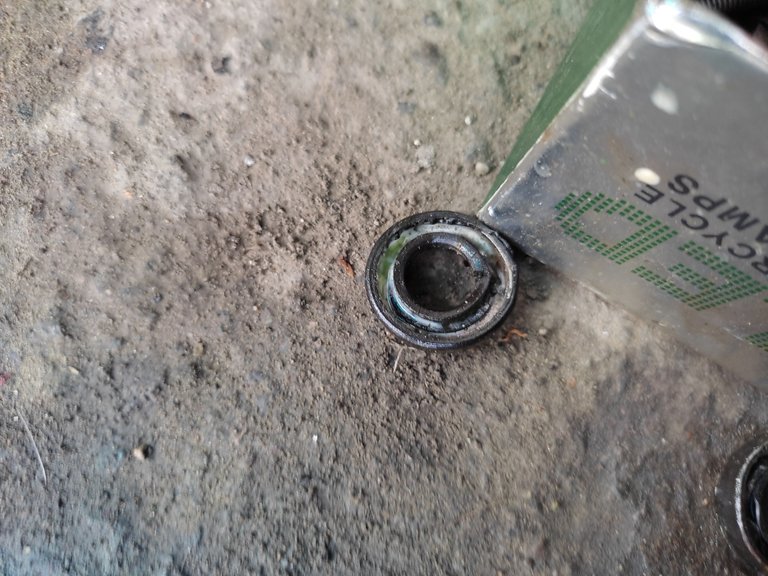 |
|---|
Two major replacements, water pump seals and stator block.
In addition to the problem with the water pump seal, the mechanic also noticed that the stator block on my Rouser was not functioning properly and was no longer able to charge the battery, which caused the battery to quickly lose power. Since my Rouser 200 does not have a kickstart, it relies primarily on the starter switch to start the engine.
Solution and Replacements
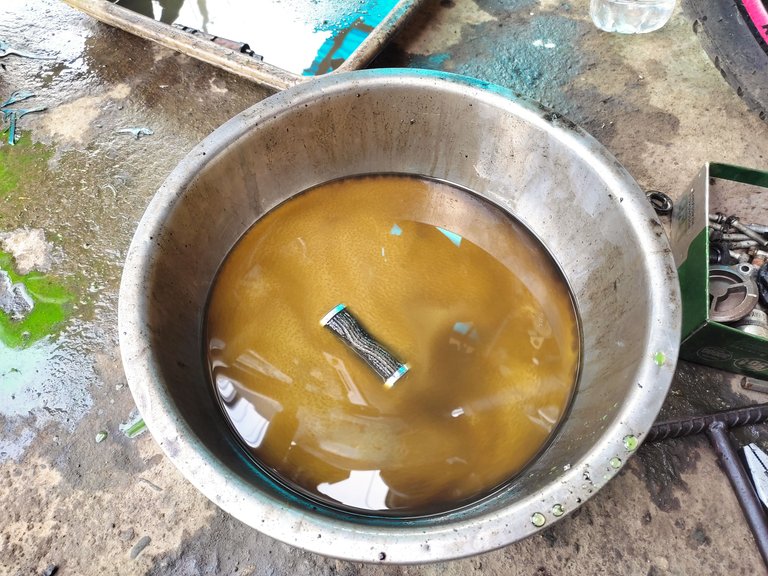
Fixing the CNG problem on my motorcycle involves replacing the affected parts, which can be a labor-intensive process. The mechanic needs to drain the oil that has been mixed with coolant and open the side of the hub to clean the gears, clutch lining plates, and the stator assembly. The coolant has compromised the oil's ability to effectively lubricate the engine while it is running. If I had continued to use the motorcycle while the CNG problem persisted, the damages could have been much more severe.

The process of cleaning the engine hub involves two oil lubrication treatments, one to flush out any residue from the compromised oil that has accumulated on the engine parts and the other to be used as the final oil that will be monitored for the next two weeks. The mechanic also replaced the water pump seals on both sides and the gaskets, as well as added coolant to the radiator. The most expensive parts that needed to be replaced were the stator block and the battery, which had become swollen due to a lack of proper charging. All replacement parts are Kawasaki Genuine parts so they're somewhat expensive.
I ended up paying almost 10,000 pesos for the labor and replacement parts. It was an unpleasant experience with my Rouser 200, but the silver lining was that I had the financial means to cover the expenses because we were expecting to receive a Christmas bonus this year. However, I do feel disappointed that I had to spend the money I am about to receive.
Final thoughts.

Running back to normal RPM.
To prevent experiencing a CNG issue on your motorcycle, it is important to regularly check the coolant level, especially after refilling it every four months. I follow this schedule specifically for my Rouser 200, but the frequency may be different for other brands. It is also helpful to regularly check the oil indicator to see if it has changed color, which could indicate contamination by the coolant. If you are already experiencing a CNG problem, it is important to avoid starting or running the motorcycle for long periods of time, as this can cause further damage to the engine hub, particularly the stator block. To clean the engine, it is recommended to use a cheaper oil for flushing before switching to a higher-grade oil. I used 20W-50 synthetic oil.
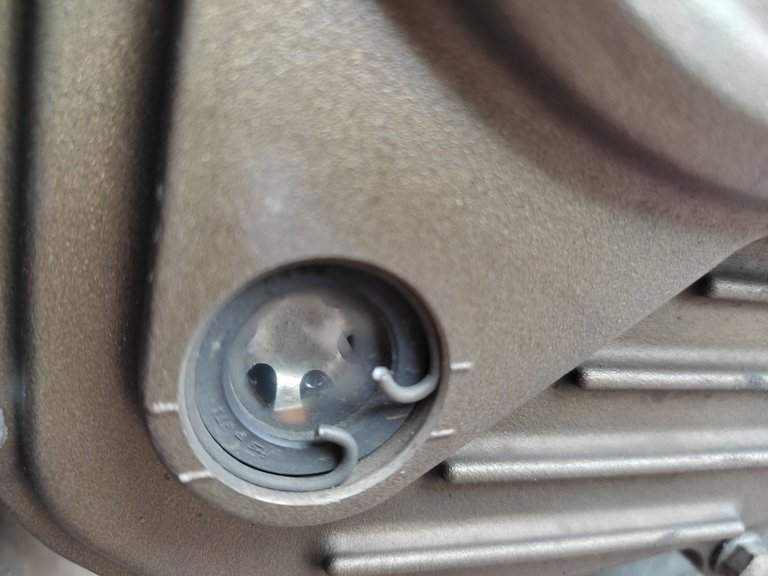
I hope that this post will be helpful to other Kawasaki Rouser users who may be experiencing problems with their motorcycle, particularly issues related to the CNG system.
What is HIVE?
If you want to know more about Hive, visit some links below.
- What is HIVE and how does it work?
- Where does the value of HIVE (the token) come from?
- Where does the money on your posts come from on Hive?
- What are the different ways to earn HIVE?
About the Author


Greetings @themanualbot. I think it can be useful. I always say, just like a vehicle, motorbikes should be maintained. Maybe as you say you didn't notice the faults at first, because in your case you took care of your bike, but something was missing. And the important thing is that there were solutions.
I had this bike since 2017 and since then, I slowly grasp its connection and condition while driving. But sometimes I failed to notice minor things that can cause major problems.
Hey @themanualbot thanks for sharing your experience with us, it has been a learning experience for me, motorcycles aren't my forte, but as soon as I read your first lines, when I saw the color of the oil, I knew that it had mixed with coolant, but what is new for me is that it still thus, the motorcycle could work, in a car this is not possible. I'm glad your bike is back to 1500 rpm!
Actually, it is not recommended to start the motorcycle if it has CNG issues but it left me with no choice but to use it. It is very hard to get towing services here in my place.
Hello, it's great that you share your experience with the community, it will surely be very useful for us.
And the fact that you were able to recognize the fault and not have continued using the motorcycle was a great detail, because as you say the damages would have been heavier, including expenses.
Very good process of cleaning and replacement of seals. Thanks for sharing your experience. Regards 👋
Good post ! This is one of those problems that it's impossible to plan for; sometimes a seal will last forever, other times they'll just randomly fail. It could have been worse, the other main place you can get coolant leaking into the engine is if the cylinder head gasket goes, which (depending on the engine) can be a lot of work to replace.
But you were right not to use the bike too much once you identified the problem. If the oil is contaminated with coolant, it won't provide lubrication for the engine bearings, and if you have to replace the big end, small end, and con-rod bearings, that is a job where it is probably just cheaper to put a second-hand engine in !